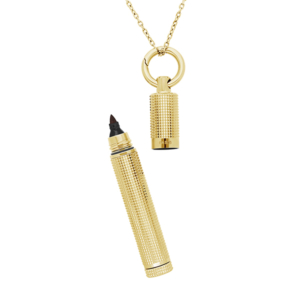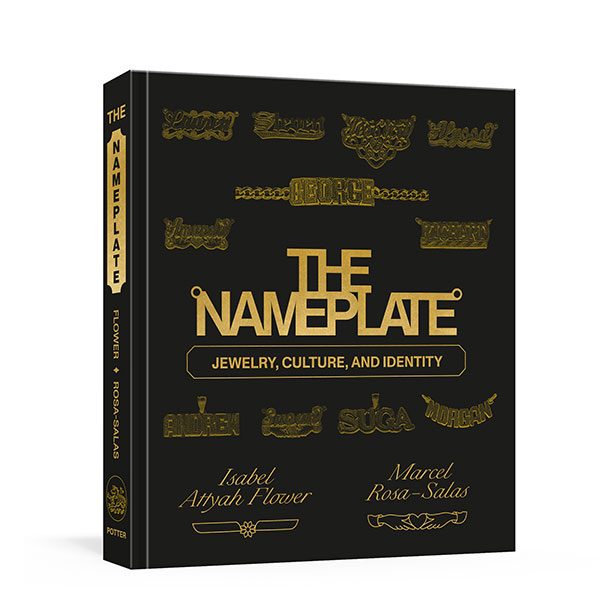
A few years ago, Marcel Rosa-Salas, a cultural anthropologist, scholar, and documentarian, and Isabel Attyah Flower, an editor and writer, embarked on a research and archival project focused on a category of jewelry many of us hold dear. They called it “Documenting the Nameplate.” The two spent years collecting photographs and testimonials from nameplate-wearers across the country and the world at events, on a now-shuttered podcast, and on a currently thriving Instagram page, @documentingthenameplate.
The fruits of this endeavor are showcased in a new book, The Nameplate: Jewelry, Culture, and Identity ($30; Clarkson Potter). And that Sex and the City “Carrie” necklace that made a splash in the early 2000s? It gets mentioned only once, in passing, as if its rise to prominence was just a fleeting moment in the nameplate’s long cultural history. Because according to the authors, that’s just what it was.
“Of the hundreds of people we spoke to while making the book, only a few mentioned Sex and the City as a reference for nameplates,” says Rosa-Salas. “Hip-hop music videos, album art, and magazine shoots from the ’80s and ’90s were cited much more as a pop culture reference point. It is not unusual for mainstream media to be the vehicle through which an idea or aesthetic moves from regional or subcultural to global, and the styling on Sex and the City is surely one way in which nameplates were broadcasted to a global audience, but nameplates were popular long before the show.”

Among the many examples illustrating the authors’ point: a name bracelet—a cursive “Amy,” as it happens—in 15k rose gold and diamonds from 1912 that was recovered in 1987 from the wreck of the Titanic.
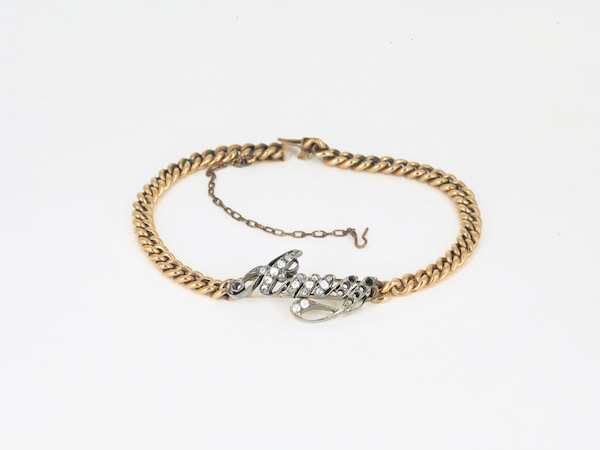
In addition to featuring many photographs of nameplate jewelry—so many ID bracelets, rings, medallions, hoop earrings, along with the classic curlicued script necklace—the pages show nameless “street style stars” from the early 1980s captured to splendid effect by photographer Jamel Shabazz, mostly in Flatbush, Brooklyn.
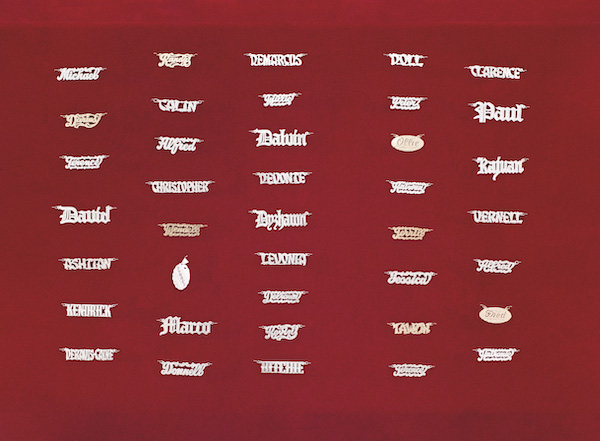
There is also a photo of rapper Big Daddy Kane from 1988. All of these archival images serve as a powerful reminder of where nameplate jewelry’s popularity originated (a topic further explored in this thoughtful essay from 2016).
Meanwhile, the book’s publication dovetails with the 50th anniversary of the hip-hop genre (literally pegged to a single party held on Aug. 11, 1973, according to this multi-episode NPR podcast). But instead of glorifying the boldface names who brought bling-bling to the forefront of mainstream culture, The Nameplate is able to tell a richer, more human story with its inclusion of essays and commentary written by scholars and cultural figures or transcribed from interviews with nameplate-wearers from everyday life. Childhood photos, including yearbook portraits, put a compelling visual on the enduring cultural significance of nameplates in a way that feels intimate and relatable.
In other words, nameplate jewelry is like bling’s little sister—an unsung yet significant contribution to the hip-hop genre’s historical narrative.
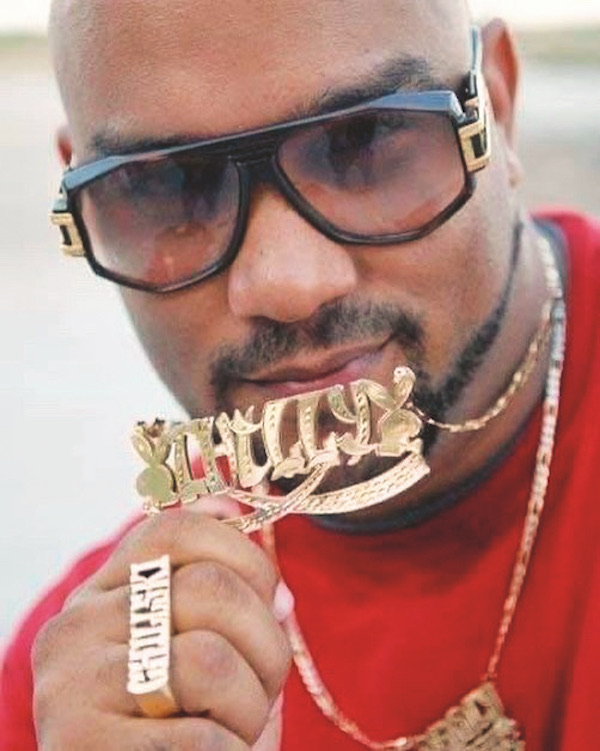
Through the process of writing and producing the book, the authors said they were surprised to discover that “the tradition of wearing one’s name as jewelry is as old as written language, and the nameplate has many overlapping histories and aesthetic traditions going back millennia,” Rosa-Salas tells JCK. Adds Flower: “We were amazed by the richness and complexity of this history, which continues to evolve as long as nameplates are worn and cherished.”
My own joyful discoveries from reading the book include these tidbits: Dolly Parton’s Doralee Rhodes in 9 to 5 and Drea de Matteo’s Adriana La Cerva on The Sopranos both wore nameplates! I also loved Flower’s tip for “fellow journalists” like me—she writes:
“Begin your interviews by asking someone whether they know how and why they got their name, and behold all kinds of meaningful insight about intergenerational ambitions, family lore, and sibling relationships…. Even names as common as Michael or Mary can excavate fascinating details: a parent’s erstwhile radical politics, say, or a clandestine love affair memorialized in the form of a middle initial. Even when the answers don’t make it into the story, the conversations tend to take on new dimensions in their wake.”
I’ll be keeping that in my back pocket for the next time I interview a source. But in the meantime I will be hunting down an “Amy” necklace as a way to somehow be a part of this whole thing. Especially now that I have a greater appreciation for its origins and cultural significance beyond an early-aughts TV show.
Top: Move over, fancy jewelry coffee table books: The Nameplate is here, and it’s vibrant, electric, and a great read. (Book and bottom two photos: © Marcel Rosa-Salas and Isabel Attyah Flower)
Follow me on Instagram: @aelliott718
- Subscribe to the JCK News Daily
- Subscribe to the JCK Special Report
- Follow JCK on Instagram: @jckmagazine
- Follow JCK on X: @jckmagazine
- Follow JCK on Facebook: @jckmagazine







